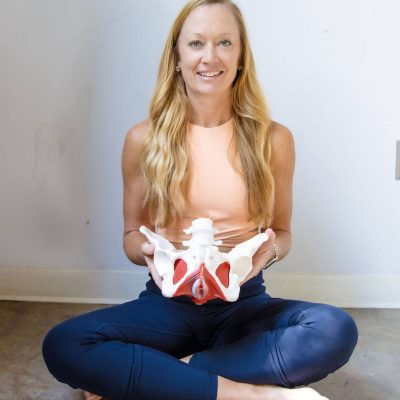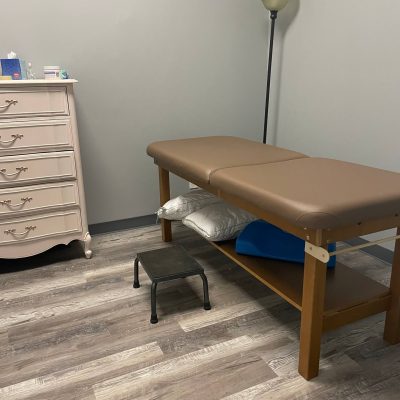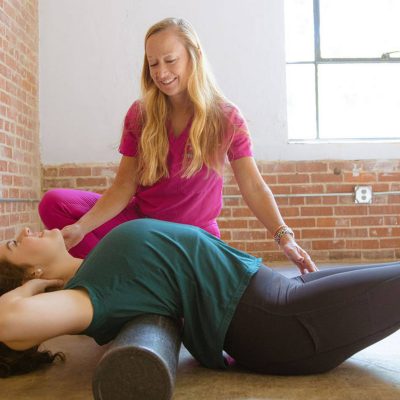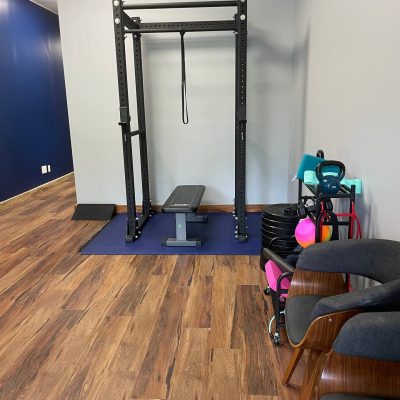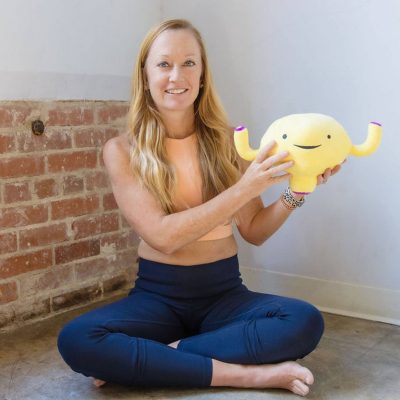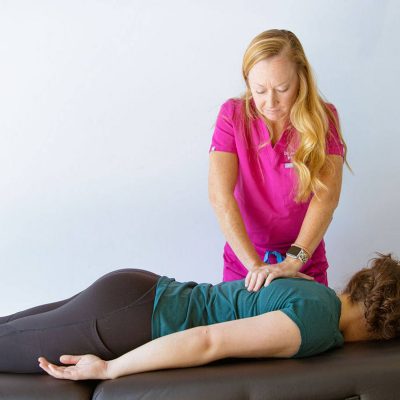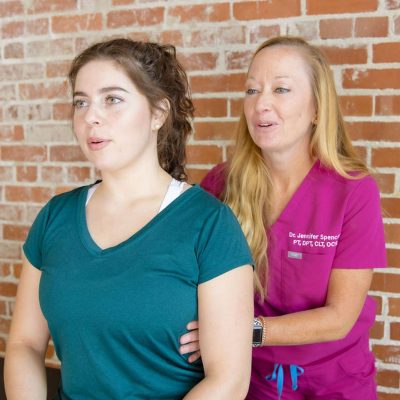Research shows that people start developing osteoarthritis, or joint wear-and-tear, as early as in their thirties. Arthritis is characterized by achy, stiff joints in the morning and after prolonged inactivity. Our society tends to be more sedentary during the day, and a prolonged sitting position can contribute to muscle shortening and joint stiffness.
Movement may be the last thing you want to do when you have pain, but activity is one of the best things you can do when you do have aches and pains. Most people have heard the saying, “If you don’t use it, you lose it.” Lack of activity promotes weakening of muscles and stiffening of joints, making it harder to move over time. Being able to rotate your hips fully and easily is not only important for many daily activities, including walking, getting dressed, and putting on shoes and socks, but also for activities like walking, pickleball, and playing with grandchildren.
Try this hip mobility routine to improve flexibility of tight muscles, move the joints in directions they were designed to move, and improve blood flow to the joints to aid in decreased pain. During each stretch, take it to the point of mild to moderate discomfort. Practice deep, diaphragmatic breathing while holding each stretch. Hold each stretch for 30-60 seconds and perform on each side when applicable.
- Hamstring Stretch:
- Sit on the floor with both legs out straight and toes up towards the ceiling.
- Extend your arms and reach forward by bending at the waist as far as possible while keeping your knees straight. Try to keep a straight spine and do not slouch over.
- Alternative: Lie on your back and use a belt, towel, sheet, or dog leash looped around your foot and pull a single leg up straight until a moderate stretch is felt.
- Lunge hip flexor stretch:
- Elevate one foot up on a stair or step. Keep your opposite foot straight with the heel planted on the ground.
- Translate your weight forward until you feel a stretch in the front of your hip on the back leg, your glutes on the forward leg, and your calf muscles on the back leg. Step your back foot back further if you desire a deeper stretch.
- Keep your pelvis neutral by not arching your low back. Hold onto stair rails if needed for balance.
- Glute Stretch:
- Lie on your back. Bend your right knee knee back. Place your lateral ankle of the left leg on the right thigh. Your left knee should be bent and pointing out to the side.
- Place your hands behind your right thigh and bring this knee up to your chest until you feel a good stretch in the left glute.
- Repeat on opposite side.
- Alternative: Sit upright with good posture. Bend one knee, rotate it outwards, and place outer ankle on opposite thigh. Bend forward at the waist for a good posterior hip stretch.
- Frog Pose:
- Get on hands and knees. Spread knees out as wide as you can, feeling a moderate stretch. Your toes should be pointing outward.
- Rock your weight backwards until you feel a deeper stretch in your groin muscles and glute muscles.
- Place a rolled towel or blanket under your knees for comfort if needed.
- Side Sitting:
- Sit on the floor and bend one leg in front of your body with your knee pointing outwards. Position it so your lateral lower leg and knee are resting on the ground. Your leg should form a 90-degree angle.
- Position your other leg beside you with your hip rotated inward and your medial knee and ankle on the ground. Bend your knee so your leg forms a 90-degree angle. Your back knee should be in line with your hip, and your ankle should be neutral.
- Try to keep your back straight and resist the urge to bend to one side. Think about sitting into both hips equally.
- Bring back leg (internally rotated hip) forward for a less intense stretch.
If you are experiencing intense pain with these movements, or the pain and stiffness does not subside with these movements, I would encourage you to seek out further advice from a Physical Therapist. Physical Therapists can further assess the hips and surrounding joints and provide an individualized program for you. Physical Therapists can also perform hands-on techniques to improve joint mobility and decrease soft tissue restrictions, making these mobility exercises less difficult. Conservative care is always best!
Jennifer Self Spencer, PT, DPT, CLT, OCS, is the owner of Magic City Physical Therapy in Birmingham, Alabama. She is Board Certified in Orthopedics, a Certified Lymphedema Therapists, Certified Dry Needling Practitioner, and has advanced training in treatment of Pelvic Floor Dysfunction in women and men. You can find her on Instagram @magiccitypt.

